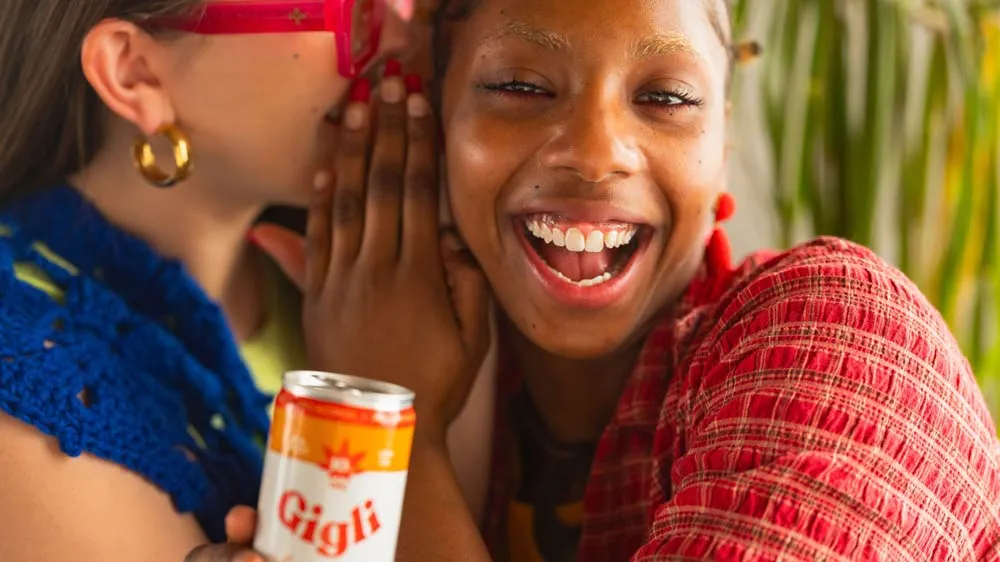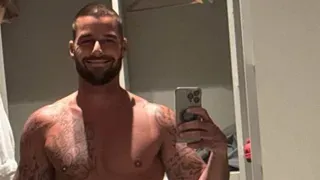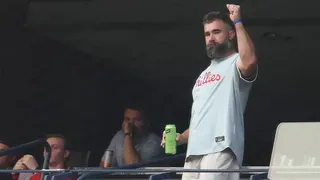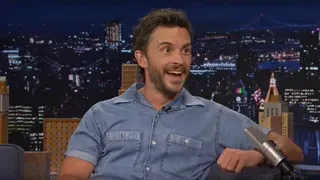May 1, 2016
New Documentary Takes A Look LGBT Youth Homelessness
Christiana Lilly READ TIME: 3 MIN.
Walking to Penn Station to visit family in New Jersey, Cal Skaggs always saw groups of teenagers hanging around. Armed with backpacks and wandering around seemingly aimlessly, Skaggs wondered what their story was.
The answer came in 2012 when he saw an interview on a local cable station with Carl Siciliano, the founder of the Ali Forney Center, a homeless shelter for young LGBT people. He explained that New York City alone has more than 40,000 homeless kids -- a large percentage of them are LGBT.
Moved by the statistic and the fact that he had walked by these kids so many times, Skaggs, the founder of Lumiere Productions, decided to spread the word by making a documentary -- "A Road to Home."
"They come from families that get rid of them," Skaggs explained. "What drew me to a deeper and deeper immersion in this subject and these people was they're just like you and me. They have the same needs that we do for love and security."
"A Road to Home" follows the stories of six homeless LGBT teens. Thrown out of their homes, they get by on the streets and utilizing services from the Ali Forney Center, an LGBT homeless shelter. Even though they seem to have hit rock bottom, Skaggs showcases their resilience and dreams for the future.
The documentary recently won the monthly film contest with the Miami Independent Film Festival. It's now in the running to be a part of the 2017 contest edition.
When the filmmaker approached Siciliano about the project, he was skeptical at first -- many people have approached him with ambitious goals to make a documentary. The two met multiple times to go over Skaggs' vision for the documentary and discuss his past works -- including "With God on Our Side: The Rise of the Religious Right in America," which received approval from viewers on both sides of the aisle -- Skaggs was able to convince him that he would tell the kids' stories fairly.
"I appreciated the humility of how he allows the subjects of his documentaries to tell their own stories with minimal narration," Siciliano said. "I believed he had the sensitivity and skill to convey the complexity of the struggles of our young people, and I trusted that he would portray them in terms of their common humanity, rather than objectifying some of the more lurid aspects of youth homelessness."
From there, Skaggs started hanging out at the Ali Forney Center's drop in locations, as well as where the teens would hang out, such as parks and the pier on the Hudson River. He would shoot little by little, raising money to fund the project.
"Youth is full of scars ... it's been rough in many ways and being gay is the last strike. In other words you're poor, you're a person of color, and you're gay too, and it's the last strike and you're out," Skaggs said of the teens he came across.
"They have hopes and dreams just the same way we do, and those dreams and hopes have not been destroyed by having to live on the street or the subway."
He encountered many moving moments talking with and filming the six teens (a seventh had committed to filming, then ran away unexpectedly), but the most was with a young man named Benjamin. After a year of talking with Skaggs, he revealed an experience the filmmaker was surprised he never brought up beforehand.
For Siciliano, the film captured the center's hard times -- it lost a lot of federal funding due to the sequestration and a transgender client, Islan Nettles, was beaten to death.
"The film does a wonderful job of showing the resilience and hope of our young people in the face of very challenging circumstances, as well as showing the beauty of the work of helping these young people rebuild their lives," he said.






